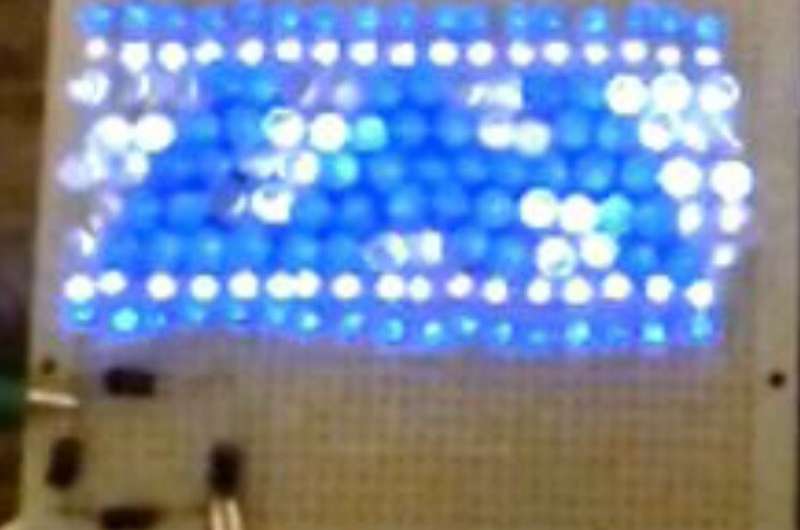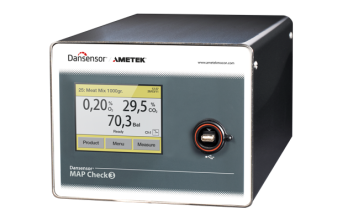
By utilizing the triboelectric effect, mechanical energy can be converted into electrical energy in a device called a triboelectric nanogenerator (TENG). The triboelectric effect describes the charging of some materials upon separation from another material with which they had been in touch. Static electricity is often brought on by this.
TENGs channel that current into a circuit to power an appliance. Sometimes sophisticated and expensive, TENG devices don’t generate much electricity. Constructing a TENG with tape, plastic, and metal is very straightforward, but the devices’ poor power densities have limited their use.
In order to increase the energy density of triboelectric generators (TENGs), researchers led by Gang Wang from The University of Alabama in Huntsville, USA, have created a new contact-separation triboelectric generator concept employing commonplace items like double-sided tape. The team of scientists developed a triboelectric generator with a layer of aluminum coated polyethylene terephthalate (PET) film and double-sided tape linked to an aluminum block.
A little spark occurs between the two layers when they are pressed together and then separated. When a cable is connected to the gadget, it can draw power from this source. The maximum output power is sensitive to the induced pressure. The power density generated by a double-electrode version of the device was 169.6 W/m2, which is 47% greater than that of previously reported TENG devices. The group used the generator concept to do things like power 476 LEDs at once, harvest energy while walking by attaching it to a shoe, and power a diode laser, all of which have potential usage in optoelectronic devices and sensor applications.

